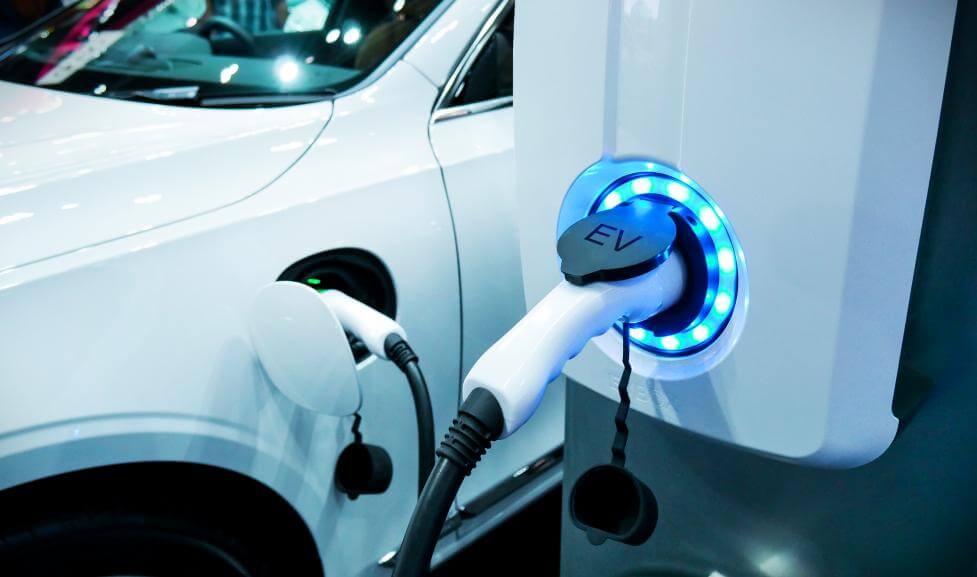The year 2025 is shaping up to be a pivotal moment for electric vehicles (EVs), with groundbreaking advancements in battery technology poised to redefine the driving experience. The primary focus is on overcoming two key limitations that have long hindered widespread EV adoption: charging times and driving range. Innovations hitting the market promise faster charging speeds and a significant increase in the distance EVs can travel on a single charge, potentially doubling the current standards.
One of the most promising areas of development is solid-state batteries. These batteries replace the liquid or gel electrolyte found in traditional lithium-ion batteries with a solid electrolyte. This fundamental change allows for higher energy density, meaning more energy can be stored in a smaller and lighter package. Experts suggest that solid-state batteries could potentially double the energy density of current lithium-ion batteries, dramatically increasing EV range. Automakers like Toyota, Nissan, and BMW are making significant strides in integrating solid-state battery technology, aiming to introduce EVs equipped with these batteries by 2026-2028. Toyota's solid-state battery technology, for example, is projected to offer a 20% increase in cruising range and a charging time of just 10 minutes or less.
Another promising alternative is sodium-ion batteries. Utilizing sodium, a more abundant and less expensive material than lithium, sodium-ion technology offers a compelling option for reducing production costs and diversifying battery materials, which contributes to energy sovereignty. CATL and HiNa have launched second-generation sodium-ion batteries that boast increased energy density and faster charging capabilities. While currently underperforming compared to lithium-iron-phosphate (LFP) batteries, sodium-ion batteries are becoming increasingly competitive, especially as lithium prices fluctuate.
Beyond novel battery chemistries, advancements in existing lithium-ion technology continue to play a crucial role. Optimizations in cell design, including the use of silicon anodes and graphene, are enhancing energy density, charging speed, and battery longevity. Silicon anodes, for instance, allow batteries to store significantly more energy, extending vehicle range and improving efficiency. Graphene's exceptional electrical conductivity is pivotal in reducing charging times.
These battery innovations are translating into tangible improvements in EV performance. In 2025, electric cars are expected to last between 200,000 and 400,000 kilometers, or approximately 15 to 25 years of typical use. The average range of modern EVs has increased dramatically, with many 2025 models exceeding 300 miles on a single charge, and premium options approaching 500 miles or even exceeding 800 km. For example, CATL's Freevoy Dual Power Battery features a dual-core architecture that delivers a range of over 1500km on a single charge.
Simultaneously, ultra-fast charging technology is rapidly evolving. Charging time concerns have dropped significantly as the deployment of 350+ kW charging systems accelerates across North America and Europe. The latest EV models can now charge from 10% to 80% in just over 10 minutes on these systems, with some cars adding 200 miles of range in approximately 12 minutes. BYD's new 'Flash Charging Battery' can add 400 kilometers of range in just five minutes, bringing charging times down to the equivalent of filling up a gasoline car.
Further innovations include immersion-cooled batteries, which improve cooling technology, allowing batteries to accept a higher charge for longer periods, significantly reducing recharging times. These batteries also increase safety and reduce costs and weight.
These advancements collectively address range anxiety, a major concern for potential EV buyers. With longer ranges and faster charging speeds, EVs are becoming increasingly convenient for both daily commutes and long-distance travel. Moreover, manufacturers are refining vehicle aerodynamics and developing smart software to optimize battery performance in various weather conditions, further enhancing the overall driving experience. The expansion of charging infrastructure, standardization of charging connectors, and innovative battery technologies are paving the way for wider EV adoption and a more sustainable transportation future.

















